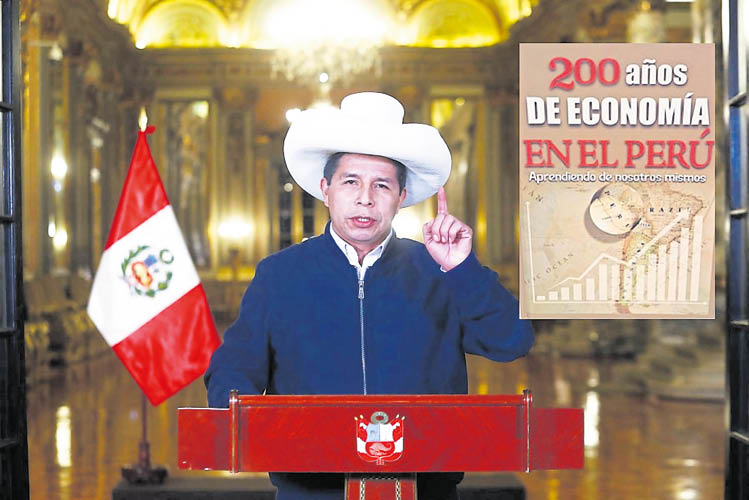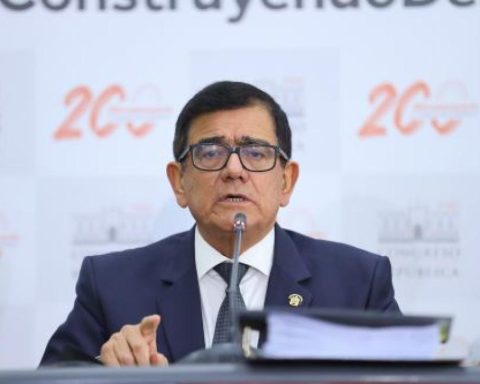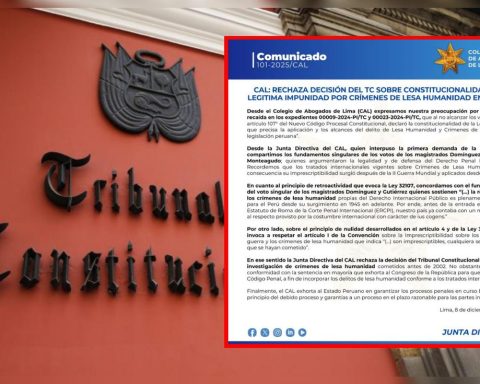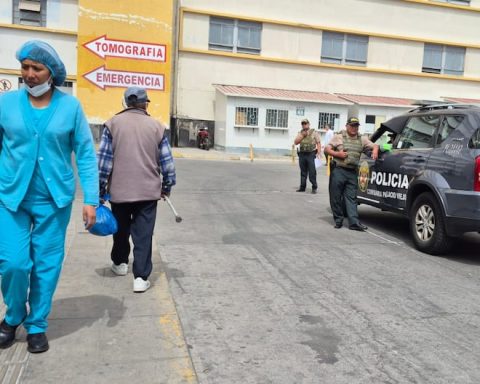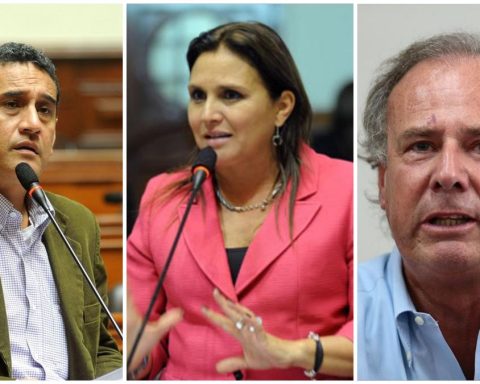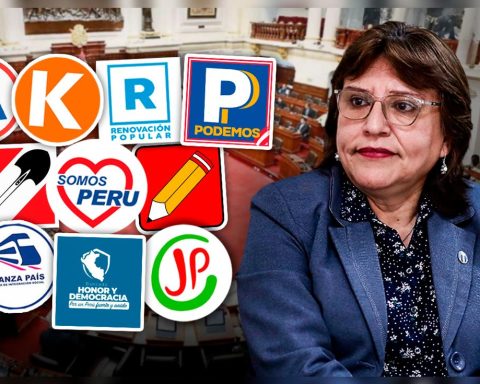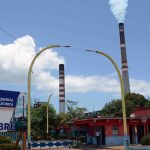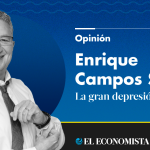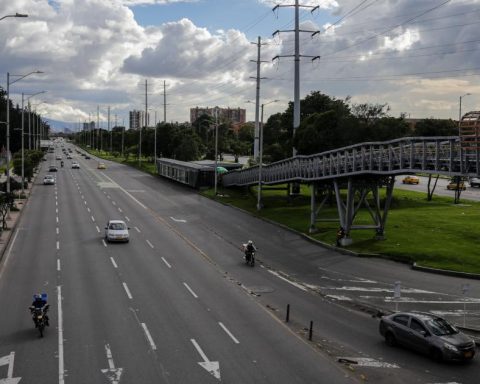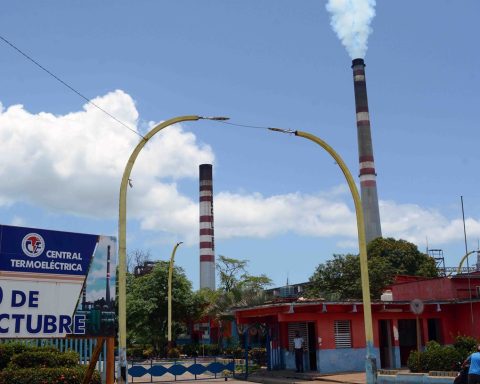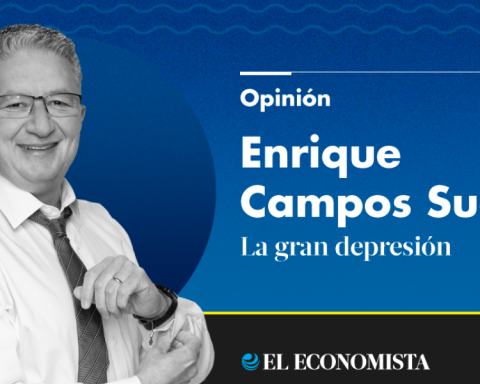This week the book was presented 200 years of economy in Peru – Learning from ourselvesa publication by Peru21 which had the support of the Romero Foundation.
Look: Perú21 presents the book “200 years of economy in Peru”
The book is a journalistic account of analysis of the economic transformations that the country has experienced throughout its history. The publication addresses transcendental issues that have defined our economic trajectory, from the challenges of independence and the first external debt, through structural reforms and trade opening, to the most recent governments of Pedro Castillo and Dina Boluarte. In addition, it exposes how politics and economics have shaped the country’s present.
The chapters also analyze the lights and shadows of the policies implemented in the last two centuries, highlighting how progress in certain periods has been slowed by political instability, corruption and a lack of consistency in the execution of reforms.
“Encouraged by the spirit of continuing to contribute to education in the country and the promotion of knowledge, at Fundación Romero we decided to publish the book 200 years of economy in Peru – Learning from ourselves, because we consider that it is essential to review the history of our Republic, observe the mistakes and not repeat them,” said Dionisio Romero Paoletti, president of the Romero Foundation.
The book brings together 37 fascicles originally published between November 2020 and August 2021, to which are added two new chapters that analyze the period 2021-2023 and project possible scenarios for the future of the country.
The manual was written by journalists Claudia Izaguirre and Isaac Vásquez, with the collaboration of Francisco de Piérola, Renzo Norvani and Jared Panta. And each chapter was submitted to the sharp and watchful eye of an advisory board made up of businessman Martín Pérez, economist Diego Macera, journalist Aldo Mariátegui, editor Bernardo Roca Rey and the director of Perú21, Cecilia Valenzuela.
The Romero Foundation launched the portal called 200 Years of the Economy of Peru so that, through it, the publication can be downloaded for free. Likewise, it will give away more than 20,000 copies to schools, universities and libraries.
Extract
The following lines are an extract from the unpublished chapter titled “From Pedro Castillo to Dina Boluarte: ineptitude, confusion and ineffectiveness”, which tells the story of the professor and union leader who plunged us into uncertainty with continuous mistakes and crude signs of corruption. His government ended by his own coup and gave way to his vice president Dina Boluarte:
Pedro Castillo’s government was marked by the high turnover of ministers. In the 497 days that his mandate lasted, he had 78 which, in turn, implied a constant entry and exit of general directors and officials in the ministries and decentralized organizations, and not exactly changes by qualified cadres. In that same period, it had five presidents of the Council of Ministers: Guido Bellido, Mirtha Vásquez, Héctor Valer, Aníbal Torres and Betssy Chávez.
The very high turnover of officials increased uncertainty. Some characters did the same to exacerbate that situation. Guido Bellido was an example. The foreign press once described him as extreme left, with Marxist ideas, confrontational and intolerant, as noted by the Spanish newspapers El Mundo and El País.
While he was in charge of the PCM, the Confiep business union denounced on September 25 that the Government always called on the private sector to carry out joint work, but that in reality it excluded it. “We reiterate that the country needs consistency from the Government between what it says and what it does. Giving contradictory messages, inside and outside the country, discourages national and foreign investments, which are what generate employment and provide well-being for all citizens.”
The next day, Bellido announced, through Twitter, that they were inviting the Camisea Consortium (made up of Pluspetrol, Repsol and Hunt Oil) to renegotiate the benefits of gas in favor of the State. “We call on the Camisea gas exploitation and marketing company to renegotiate the distribution of profits in favor of the State; otherwise, we will opt for the recovery or nationalization of our field,” he published.
Scenarios like this increased capital outflows and influenced the rise of the dollar. The foreign currency had already passed S/4.10. However, after Bellido’s announcement about Camisea, the price rose from S/4,119 to S/4,123. The BCRP had to sell US$183 million to calm the rise in the dollar. Having Bellido in the PCM cost the Peruvian economy dearly.
He was succeeded at the PCM by lawyer Mirtha Vásquez. The premier came from the ranks of the Frente Amplio. His management motivated criticism from the private sector for the closure of the Inmaculada, Pallancata, Apumayo and Breapampa gold and silver mines, in Ayacucho. The National Society of Mining, Petroleum and Energy (SNMPE) and thirteen other business associations expressed their rejection of the closure of the mines and demanded predictability for investments from the Executive.
“The comings and goings of the PCM generate distrust in all actors and make it difficult for companies to have predictability to invest and generate employment. The actions of the premier also fuel division and social conflict,” the unions warned in a joint statement. Among the signatories, in addition to the SNMPE, were Confiep, the National Society of Industries and the Association of Exporters. Likewise, the chambers of commerce of Arequipa, Ayacucho, Cajamarca, Cusco, Ica, Lambayeque, La Libertad, Lima, Piura, San Martín and Tacna.
Take advantage of the NEW EXPERIENCE, receive our enriched digital newspaper by mail and WhatsApp. Peru21 ePaper.
Now available in Yape! Find us at YAPE Promos.
RECOMMENDED VIDEO
